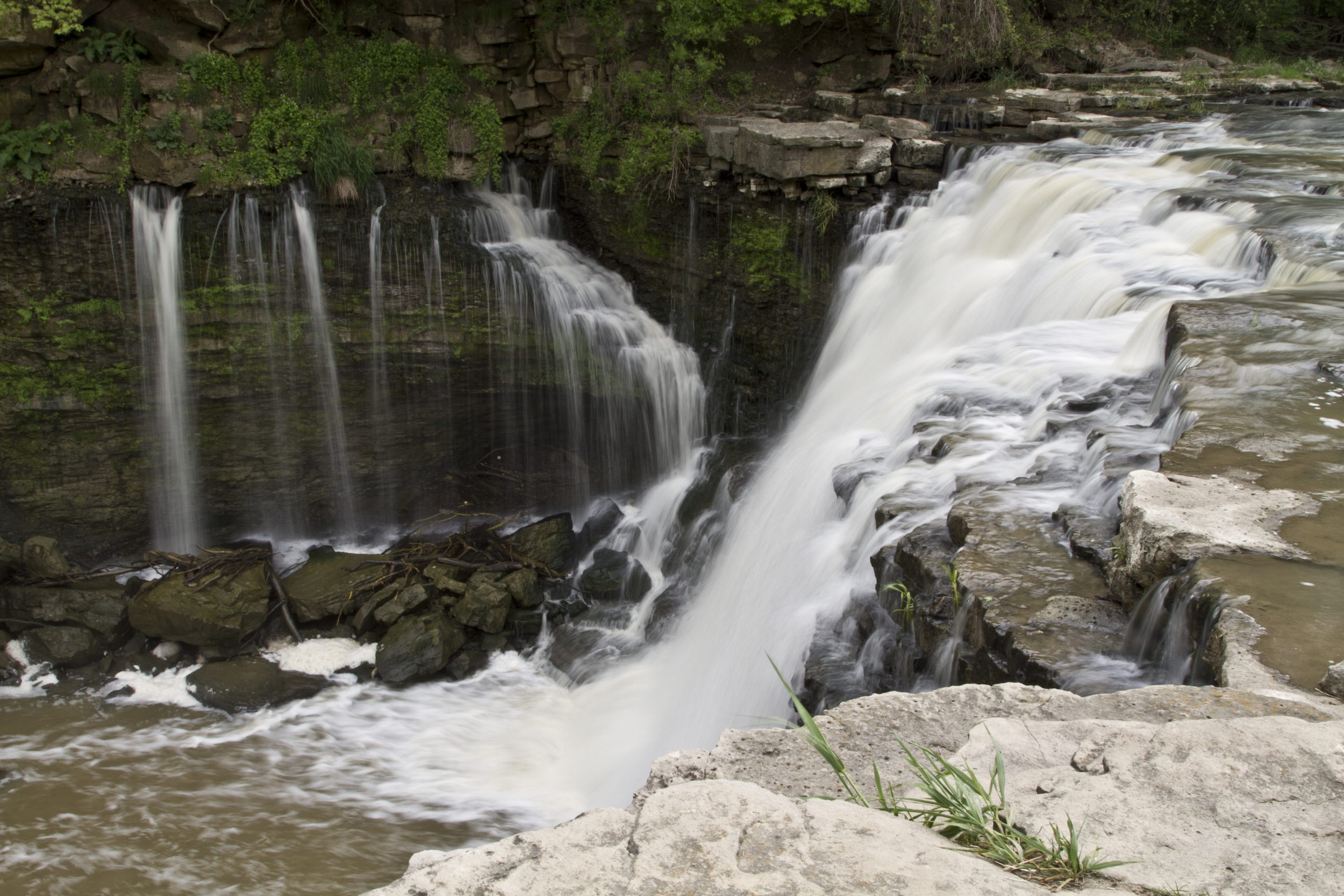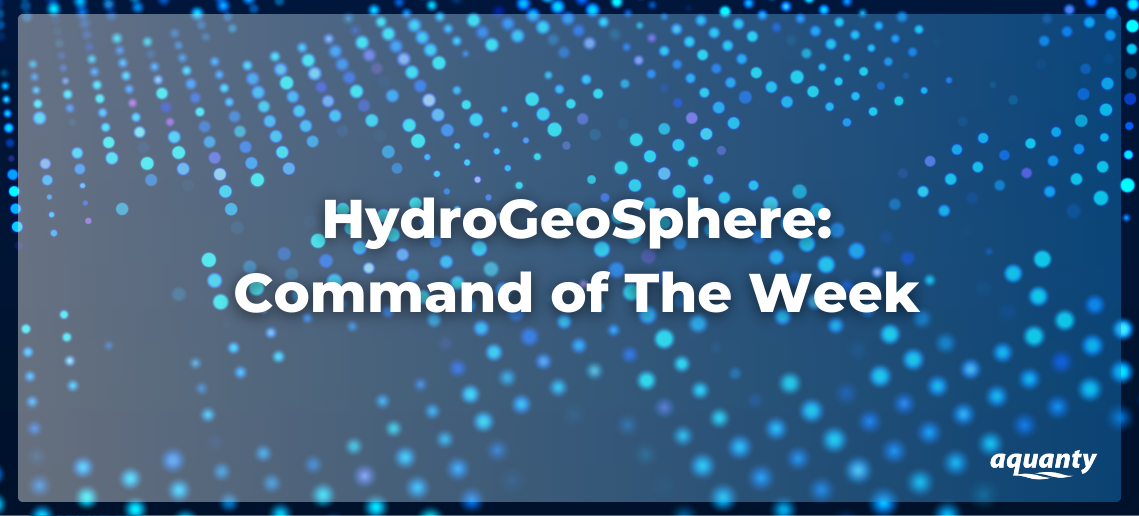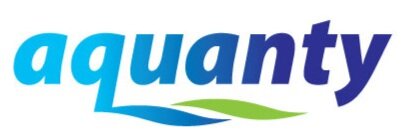

Visualizing Models Components Using to Tecplot Commands
This post describes how to use Tecplot export commands to visualize model properties and structures without running a full simulation. Commands like mesh to tecplot, K to tecplot, and channels to tecplot allow users to quickly inspect their model setup by generating Tecplot-formatted files directly from grok.exe. These commands are particularly useful for reviewing mesh structures, material properties, and domain features like fractures and channels before committing to a full model run. We find these tools extremely helpful for catching errors early and streamlining the model-building process.

HGS RESEARCH HIGHLIGHT – Simulating fully-integrated hydrological dynamics in complex Alpine headwaters: potential and challenges
Alpine areas are inherently difficult to model, with large elevation gradients (steep, rugged terrain), complex geology and highly variable weather conditions, but nevertheless a satisfactory model calibration was achieved. The model incorporated fully integrated surface/groundwater flow, evapotranspiration processes, and dynamic snowmelt (using an energy balance-based representation of snow processes), all underpinned by a detailed 3D geological model.



Reservoir with Spillway
This post describes the new reservoir with spillway boundary condition, an improvement over the basic reservoir BC that provides greater control over water release in HydroGeoSphere models. This boundary condition allows for more realistic reservoir inflow and outflow behavior by incorporating parameters such as surcharge storage, spillway discharge, and gate-controlled release. Conceptually, the reservoir with spillway BC enhances water management simulations by dynamically adjusting outflows based on reservoir storage conditions rather than relying solely on predefined time-value tables. We find this boundary condition particularly useful for modeling hydraulic control features in complex water management scenarios.

Boundary Condition: Reservoir with Spillway
The February 2022 release of HydroGeoSphere (Revision 2356) introduced an advanced boundary condition: the reservoir with spillway. This new feature builds upon the basic reservoir boundary condition, offering enhanced control over water release in your models. With parameters for surcharge reservoir storage, spillway discharge rates, and gate discharge, this boundary condition simulates complex hydraulic operations with greater precision. Unlike the basic reservoir BC, which relies solely on time-value tables, the reservoir with spillway incorporates inflow hydrographs, spillway discharge, and overflow discharge mechanisms, making it an invaluable tool for realistic water management scenarios.

HGS RESEARCH HIGHLIGHT - Integrated surface-subsurface water and solute modeling of a reclaimed in-pit oil sands mine: Effects of ground freezing and thawing
The HydroGeoSphere model presented here was able to successfully simulate the water balance and water quality response of the reclaimed landforms, and the results indicate that the impact of winter processes (i.e., pore-water freeze/thaw) on infiltration and surface runoff are significant. Including freeze-thaw resulted in reduced infiltration during spring melt and reduced salt loading during winter. In total, a 20% reduction of chloride mass release (over an 8-year period) was simulated when freeze-thaw processes were included in the simulations. These results provide a strong argument for the inclusion if winter processes and coupled heat dynamics for detailed studies of integrated hydrologic processes in the Athabasca Oil Sands region.


HGS RESEARCH HIGHLIGHT – A hybrid approach for integrated surface and subsurface hydrologic simulation of baseflow with Iterative Ensemble Smoother
This paper introduces the development of an integrated model for the South Québec region where low-flow processes are of primary concern. In this publication, HydroGeoSphere is used with a surface water mass balance module in order to reduce computational cost, enabling the use of mathematically rigorous, ensemble-based methods to support a calibration-constrained predictive uncertainty analysis.

Fluid Volume Concentration Threshold
This post describes how to use the fluid volume concentration threshold command, introduced in the January 2022 release (revision 2342), to calculate fluid volumes throughout the model domain that exceed or fall below a user-defined concentration threshold. Conceptually, we can think of this command as a way to separate water into two categories based on solute concentration—those above the threshold (contaminated water) and those below (uncontaminated water). This command is active when the concentration value reaches the specified threshold, removing the need for post-processing in external software like Tecplot.
